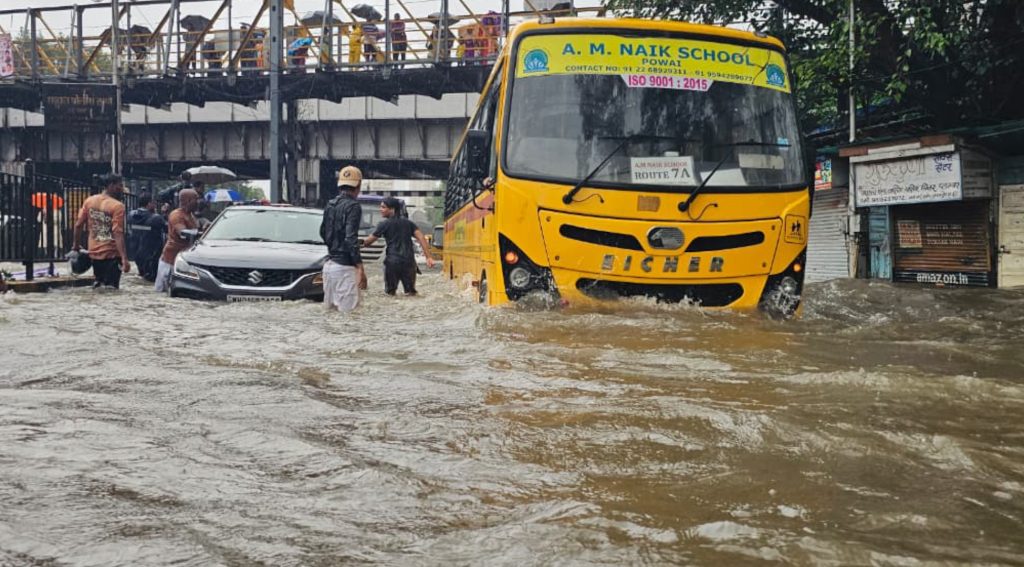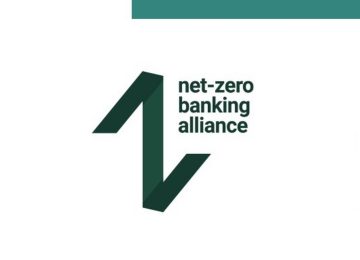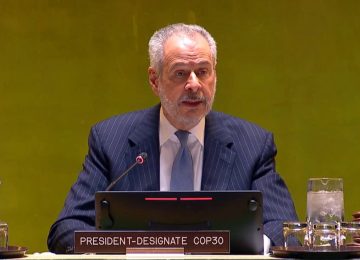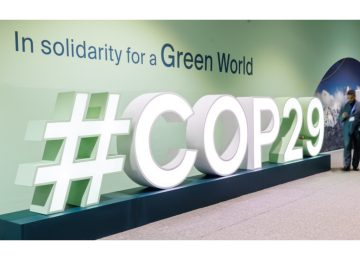The civic administration and the never-say-die attitude of Mumbai is being tested once more. Despite crores of rupees being spent on infrastructure development and repairs, the civic body has failed miserably.
Two decades after Mumbai’s worst flood in 2005, the city—and India’s metros at large—remain dangerously unprepared for the climate reality.
This is not a knee-jerk reaction. It might sound like anger, even frustration—but it is not just mine. It is a collective sentiment that many Mumbaikars have harbored for two decades now.
I have lived in Mumbai for over 20 years. This is home. And like many of you, I still carry the memory of July 26, 2005—the day the city was completely submerged. That “deluge” was not just about waterlogging. It was about an exposed fragility. Trains stranded mid-way, taxis broken down under rising floodwaters, citizens wading for hours just to reach home. Over a thousand lives were lost across the state. That was the moment we thought Mumbai would wake up, take stock, and fix what was broken.
Two decades later, history is repeating.

In 2005, Mumbai received over 230 mm of rainfall in 24 hours—a staggering amount for its time (Government of Maharashtra Disaster Management Report, 2006). Compare that to the last five days. According to IMD data, Mumbai has received over 800 mm of rainfall. The significant increase is not a one-time phenomenon. We have witnessed the rise on multiple occasions in recent years (2020- 2025).
Like the symptoms of an illness, the impact of rising rainwater has a `REGULAR’ impact on the city’s infrastructure. The city is brought to its knees. Flights suspended. Local trains—the city’s lifeline—halted. Public transport and road networks collapse, and chaos reigns. Businesses disrupted, schools shut, schedules abandoned.
Frankly, this is no longer just about “heavy downpour.” The frequency and severity of rainfall have changed, and that’s no longer debatable. The IPCC’s 2021 report has already warned that coastal cities like Mumbai will see extreme precipitation events intensify because of climate change. The science is clear. Yet our systems remain fossilized in 2005.
Why are we still unprepared?
Yes, we cannot ignore two factors:
- Mumbai lies at sea level, which naturally contributes to waterlogging, especially when high tide coincides with record rainfall.
- Rainfall patterns have shifted drastically, with longer dry spells and shorter but extreme outbursts.
These are known facts. They cannot be used as a tardy excuse for hard-hearted apathy. Problems persist, blame game begins, administrative officers are transferred and political bugs get free air time to spout about technical issues they have zilch knowledge about.
Let me be fair to Mumbai. Pan India, the real issue is what we haven’t fixed despite knowing them. And trust me, this is not just the story of Mumbai. It is the story of all Indian metros—Chennai, Delhi, Bengaluru, Kolkata—that crumble under their first bout of “abnormal” rain.
In fact, I was cautiously hopeful when the BMC allocated Rs 10,000 crore in its 2023–24 budget for climate-readiness initiatives—a first-of-its-kind, business-minded acknowledgement that Mumbai’s existential risks need investment. But here we are in 2025, and clearly the readiness has not translated on the ground.
Key Fixes: Plugging the Leaks
If we talk in the language of business—risk, investment, return, accountability—the gaps are glaring. If Mumbai is to be a pilot for urban climate resilience, five urgent action points need unflinching focus:
a) Robust infrastructure during monsoons and thereafter: Every year, roads and rail collapse with the rains. We need stricter maintenance cycles, stormwater checks, and live audits—not post-disaster reviews.
b) Climate-conscious town planning: Urban planning cannot remain blind to rainfall data, high tide cycles, and floodplains. Climate must move from being a “CSR afterthought” into the core of zoning and building approvals.
c) Retrofit and water management studies: Old infrastructure cannot simply be demolished. Solutions need to focus on retrofitting—rainwater harvesting, pumping solutions, underground storage networks. Singapore and Tokyo have done it. Mumbai must too.
d) Drainage system strengthening: Every committee since 2005 has said this. Yet clogged drains continue to choke this city. Mangroves, wetlands, and stormwater channels must be revived, not encroached upon.
e) Plastic ban enforcement: Yes, we’ve announced bans before. But enforcement has been tokenistic. Single-use plastics clogging drains is not trivial—it is catastrophic. Enforcement with measurable penalties is essential.
f) Climate readiness as policy, not optics: This means mandated fund allocations, annual gap analysis, and time-bound delivery. If preparedness can be reviewed for fiscal budgets every year, why not for climate budgets?
The Bigger Point
What is most dangerous is normalization. We have begun to treat urban flooding as inevitable, almost like a seasonal inconvenience. And worse, we glorify “Mumbai’s spirit” every time ordinary citizens wade through waist-deep water to get home. That “spirit” cannot continue to be a substitute for governance failure.
Our take:
Two decades after the city’s worst flood, the lesson remains unlearned, or the reams of lessons learned are gathering dust in some file in an important babu’s file storage. If we allow every new extreme rainfall to be written off as “freak weather,” we are willfully ignoring the science, the data, and the live reality.
The leaks are known. The gaps are mapped. The money is even allocated. What is missing is execution.
Mumbai—and India’s other metros—cannot afford another missed decade. Let us not get used to dysfunction. Let us address the faults, plug the loopholes, and demand systems that are not just reactive but genuinely — climate-ready.
The waters will rise again. The real question is—will we continue to drown in the comfort of excuses, or finally rise to meet the challenge?














Excellent!!